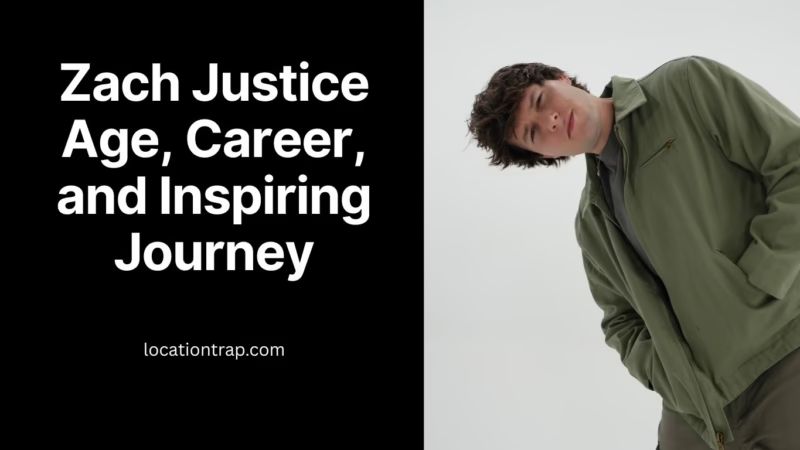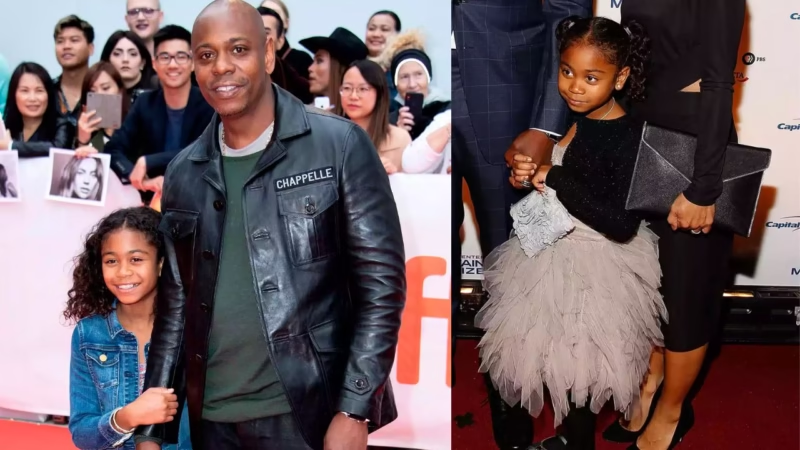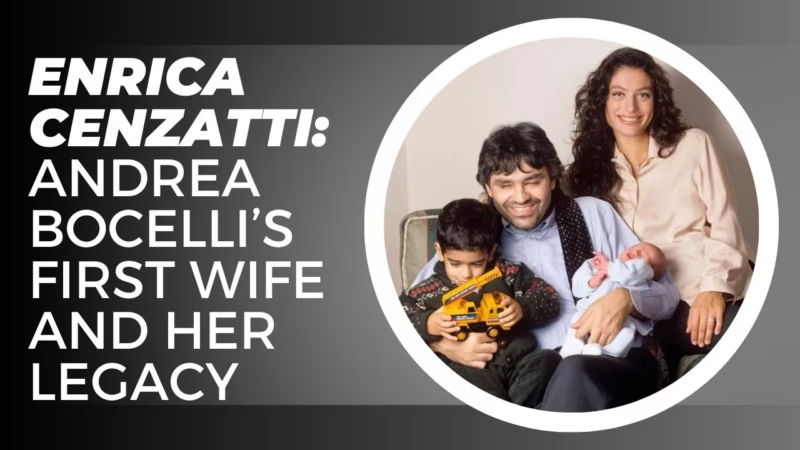Your Topics | Multiple Stories: Personalize & Engage Audiences

Have you noticed how a single story often doesn’t capture the full picture? That’s where Your Topics | Multiple Stories becomes a game-changer. Whether you’re a writer, content creator, educator, or marketer, this approach helps you connect deeply with your audience, making content more engaging and relatable.
But what does “Your Topics | Multiple Stories” actually mean? Think of it as a personalized storytelling strategy where you use multiple narratives to explore a topic from different angles. These stories don’t just inform; they captivate, inspire, and even encourage critical thinking.
This guide will show you how to harness the power of multiple stories, walk you through practical strategies, and help you implement this technique seamlessly across various platforms.
What Is ‘Your Topics | Multiple Stories’?
At its core, this concept revolves around blending personalization with multiple narratives. Instead of sticking to one perspective or storyline, you weave together different experiences to present a richer, more comprehensive picture.
Imagine writing about climate change. Instead of focusing solely on statistics and scientific studies, you could include stories from coastal residents, policymakers, and scientists. Doesn’t that sound more compelling than just throwing numbers at your readers?
This method has become crucial in today’s content landscape. Why? Because audiences crave personalized, diverse content that feels relevant to them. By addressing their specific interests and pain points, you make your articles, videos, or social media posts stand out from the noise.
The Benefits of Storytelling Through ‘Multiple Stories’?
Storytelling is more than just entertainment. It’s an emotional and intellectual experience that connects us to ideas, people, and even ourselves. By using multiple narratives, you open the door to these key benefits.
Personalization and Emotional Engagement
When your content feels personal, it resonates more. Highlighting stories that reflect your audience’s experiences or emotions keeps them hooked. For example, in a story about overcoming life challenges, include a variety of perspectives like a student tackling education barriers or a parent balancing career and family.
This emotional connection makes the content memorable. Have you noticed how a heartfelt story stays with you longer than bland data? That’s the magic of emotion-driven storytelling. It sparks curiosity, builds trust, and even encourages your audience to share your message.
Broad Perspective Through Diverse Narratives
Today’s audiences value diversity, not just in ideas but in the people who share them. Including multiple perspectives in your content widens your scope and fosters inclusivity.
For instance, storytelling in education can feature tales from teachers in urban schools, parents in rural areas, or tech innovators creating new learning tools. These viewpoints can break “echo chambers,” helping your readers see things from angles they might never have considered.
Making Complex Ideas Relatable
Ever struggled to understand complicated topics? Multiple Stories can simplify complex information by creating relatable scenarios. For example, instead of listing the principles of quantum physics, why not introduce Schrödinger’s cat through an engaging, real-world metaphor?
It’s not just effective; it’s memorable. And when information is easier to grasp, your audience is more likely to stick around and keep exploring.
How to Implement ‘Your Topics | Multiple Stories’?
Now that you see the power of multiple narratives, how can you actually use them in your content? Don’t worry; we’ve got some practical tips to get you started.
Identifying Themes and Topics
The first step is choosing topics that truly matter to your audience. Ask yourself these questions:
- What emotions do I want to evoke?
- How can I bring fresh perspectives to this topic?
- Which stories will resonate most with my readers?
Take, for instance, the theme of personal growth. You could write about overcoming career obstacles, healing from heartbreak, or finding purpose through travel. Each of these narratives offers a unique lens while staying connected to the overarching theme.
Weaving Multiple Narratives Together
The trick to combining stories is finding common threads or overarching themes. These could be shared values, goals, or struggles. For example, in a blog about entrepreneurship, you might feature stories from a startup founder, a small business owner, and a side hustler.
Pro Tip: Keep your stories cohesive by creating a clear narrative arc. Think of a beginning, middle, and end that ties everything together. Without structure, even the best stories can feel messy.
How to Balance Multiple Themes in One Story?
Great stories often tackle more than one idea at a time. Think about movies or books you love. Chances are, they mix different themes, creating depth and making the story more relatable. But blending multiple themes isn’t as easy as throwing everything in a pot and hoping it works. It takes skill and intention.
Real Examples of Multi-Themed Stories
Here’s a quick look at some popular stories that blend themes masterfully:
| Story | Core Theme | Supporting Themes |
| Breaking Bad | Morality and Power | Family, identity, and addiction |
| The Great Gatsby | The American Dream | Love, class, betrayal |
| Black Mirror | Tech Ethics | Isolation, society, and mental health |
Each story anchors itself on one major theme while exploring others to add nuance. For instance, Breaking Bad examines the moral corruption that comes with power, using family dynamics and personal struggles to deepen its impact.
How Content Creators Use Your Topics | Multiple Stories?
Content creators thrive when their work resonates with their audience, and Your Topics | Multiple Stories makes that connection stronger than ever. By using this approach, writers, journalists, and educators can craft narratives that are not only engaging but also deeply personalized. Here’s how this method helps creators grow trust, engagement, and user satisfaction.
Gaining Trust and Authority
Consistency is key to building credibility. Content creators who regularly produce high-quality, topic-specific stories become trusted voices in their niche. Imagine a journalist consistently delivering multiple perspectives on a global issue or an educator crafting lesson plans with varied real-world examples. Over time, this approach not only grows an audience but fosters meaningful interactions with readers.
Strengthening Reader Engagement
By delivering content that aligns with shared interests, creators can build a loyal community. Readers are more likely to stay engaged when they feel like the content speaks directly to their needs or experiences. For example, a blogger addressing diverse lifestyles through tailored storytelling can nurture stronger connections and higher retention rates.
Improving User Experience Through Personalization
What sets Your Topics | Multiple Stories apart is how it enhances user experience. The system allows for customization, enabling users to pick the type of content they prefer, whether it’s written articles, engaging videos, or insightful podcasts. This seamless navigation means readers can easily find the stories that matter most to them, improving satisfaction and boosting interaction.
Tailored Learning Experiences
Everyone loves a little choice. Whether you’re into quick tips, detailed explainers, or videos that walk you through things step by step, the system tailors itself to how you like to learn. It’s all about creating a more personal and enjoyable experience—no one-size-fits-all here.
Effortless Content Discovery
Platforms utilizing this approach ensure a frustration-free experience, offering relevant stories at the swipe of a finger or click of a mouse. The goal is to make discovering content as enjoyable and intuitive as possible.
By leveraging Your Topics | Multiple Stories, content creators not only enhance their reach but also deliver value, one story at a time. It’s a win-win for creators and their audiences alike!
Choosing the Right Platform
Not all platforms are created equal when it comes to multiple narratives. Here’s how to adapt your approach based on where you’re publishing:
- Instagram: Use Stories or Reels for serialized, bite-sized narratives. Add polls, questions, or stickers to interact with your audience.
- Medium or Blogs: Divide your article into sections, each dedicated to a different story. Use subheadings for clarity.
- Newsletters: Curate micro-stories or articles around a central theme. This format works especially well for diverse audiences.
Tools and Strategies for Content Creators
Are you juggling too many story ideas? Keeping track of everything can get tricky, but these strategies will help you stay organized.
Using Story Banks and Tools
Start keeping an idea bank. Tools like Notion, Trello, and Scrivener are perfect for cataloging stories, organizing notes, and tagging ideas by theme or format.
For example, if you’re planning a piece on sustainability, your story bank might include:
- A personal anecdote about your reuse habits.
- A case study on a local zero-waste business.
- Insights from an environmental scientist.
Enhancing Personalization
Here’s a pro trick for keeping your audience engaged with personalized content: give them choices. Whether it’s a dropdown menu to select preferred topics or offering podcasts, videos, and blog posts on the same subject, you’ll make your readers feel seen and valued.
Balancing Complexity and Clarity
When juggling multiple narratives, it’s easy to overwhelm your audience. One way to maintain clarity is to layer your stories. For instance:
- Start with a concise core message.
- Add details gradually through supporting narratives.
This layered approach ensures you stay focused while still providing rich, engaging content.
Real-Life Examples of ‘Your Topics | Multiple Stories’
Want to see this approach in action? Here are some real-world examples to inspire you.
Case Study 1: Climate Change Stories
A media outlet published an article featuring stories of climate change from policy makers, urban planners, and coastal communities. Each narrative put a human face on an otherwise impersonal issue.
Case Study 2: Social Media Campaigns
A campaign on TikTok used a serialized story format with hashtags like #StoryPart1. Each post added to the narrative, keeping followers engaged and eager for the next update.
Short Story Prompts and Ideas
Need some inspiration? Here are a few prompts tailored to different genres:
- Mystery: A family discovers a hidden room in their old house, but what lies inside changes their lives forever.
- Sci-Fi: A scientist creates a device to stop time, only to find unintended consequences.
- Comedy: A small-town librarian accidentally starts a viral trend.
Tips for Writing Kids’ Stories
- Use simple, vivid language.
- Include repetitive, memorable elements like rhymes or catchphrases.
- Ensure every story has a wholesome moral lesson.
Challenges and Solutions
Balancing multiple perspectives isn’t always easy. You might run into these bumps along the way, but here’s how to smooth them out.
- Too Many Details? Remember, not every narrative needs equal airtime. Prioritize stories that enhance your main theme.
- Audience Overload? Keep transitions smooth. Use headings, subheadings, and clear signposts to guide your readers.
Predictions and Future Trends
The future of multiple stories lies in hyper-personalization. With advancements in AI and machine learning, we’re not far off from articles that dynamically adapt to your audience’s preferences. Imagine content that suggests additional narratives based on what’s most relevant to the reader in real-time.
Conclusion
Storytelling isn’t just about telling; it’s about connecting. By implementing “Your Topics | Multiple Stories,” not only can you educate and entertain, but you can also leave a lasting impression on your audience.
The most successful content creators take their readers on a journey, blending diverse narratives into a cohesive tale. Now, it’s your turn. Which story will you tell first? Or better yet, which stories?
For more info, Stay tuned with locationtrap.com





